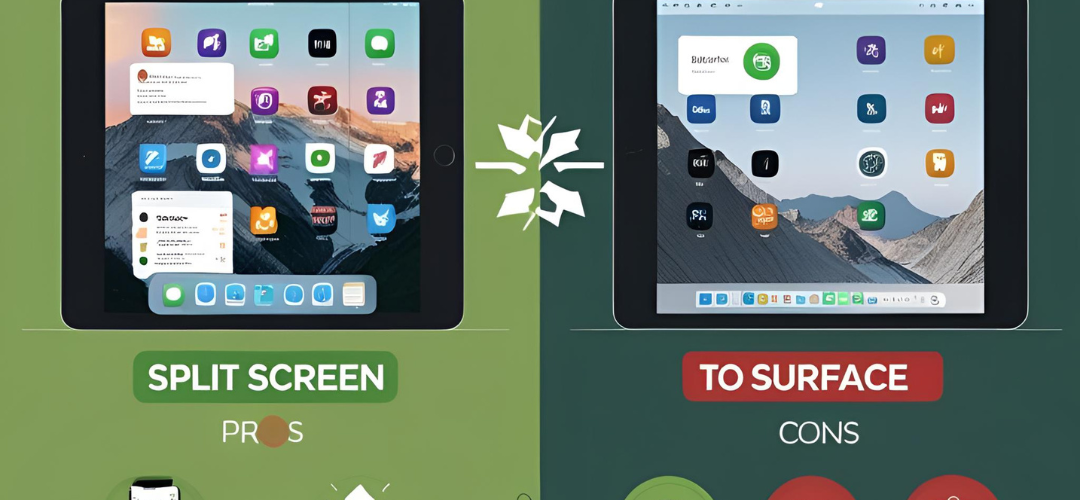If you’re contemplating a switch from a high-performance setup like the M1 Pro MacBook Pro 16” and an iPad Pro M4 to a Surface device, you’re not alone. Many users find themselves weighing their options, especially when it comes to performance, versatility, and the promise of innovative technology. Let’s dive into some key considerations and thoughts around this transition.
Performance
One of the primary concerns with the Surface devices, particularly when powered by the Snapdragon chip, is how well it competes against Apple’s famed M series chips. The M1 Pro is known for its exceptional performance and power efficiency, reflecting the extensive investment Apple has made in silicon development. Users often report that the MacBook Pro handles intensive tasks seamlessly, from video editing to software development.
The Snapdragon X chip, while innovative, may struggle to match the raw performance and battery efficiency of the M1 Pro when faced with demanding workloads. Benchmark comparisons often show varying results, particularly in multi-core processing tasks where Apple’s chips tend to excel. This doesn’t mean the Surface is incapable; it’s essential to evaluate what you’ll be using the device for—if your tasks are less resource-heavy, the difference may be negligible.
Application Compatibility
Another significant issue is application compatibility. The history of ARM Windows devices has been marred by problems with x86 app compatibility. Many users have run into frustrating situations where essential applications simply do not run as expected, leading to productivity losses. If you rely heavily on specific software, it’s wise to check if those applications are fully optimized for the Surface and its ARM architecture. While many developers are starting to adopt cross-platform strategies, you might encounter some hiccups that could hinder your workflow.
AI Features
Your disappointment with the AI features in macOS and iPadOS resonates with many users who have found these offerings lacking in real-world utility. The promise of advanced AI capabilities, whether through integrated software or gimmicky features, doesn’t always translate into practical applications.
Switching to Surface could introduce you to different AI functionalities, particularly as Microsoft is ramping up its AI initiatives within Windows. However, it’s crucial to approach these features with a discerning eye. If you’re skeptical about their effectiveness, you may find yourself in a similar position to where you are now with Apple products—unconvinced and underwhelmed.
A Unified Device Experience
The draw of having a single device that encompasses everything you need is certainly appealing. Both the MacBook Pro and iPad offer great user experiences but are limited in terms of seamless integration. The Surface lineup, particularly the Surface Pro, can provide a more versatile environment, allowing users to switch between tablet and laptop modes seamlessly.
However, it’s essential to assess whether this versatility outweighs any potential performance and compatibility issues. Will consolidating your devices lead to a more efficient workflow, or will you find yourself longing for the robust performance and reliability you currently enjoy with Apple?
Conclusion
In conclusion, switching from a MacBook Pro and iPad to a Surface device could be beneficial if you’re seeking a more integrated device experience and are willing to explore the capabilities that Windows can offer. However, weigh the concerns around performance, application compatibility, and AI features carefully before making the leap. Ultimately, your decision should align with your specific needs and how you utilize your technology daily.





Add comment